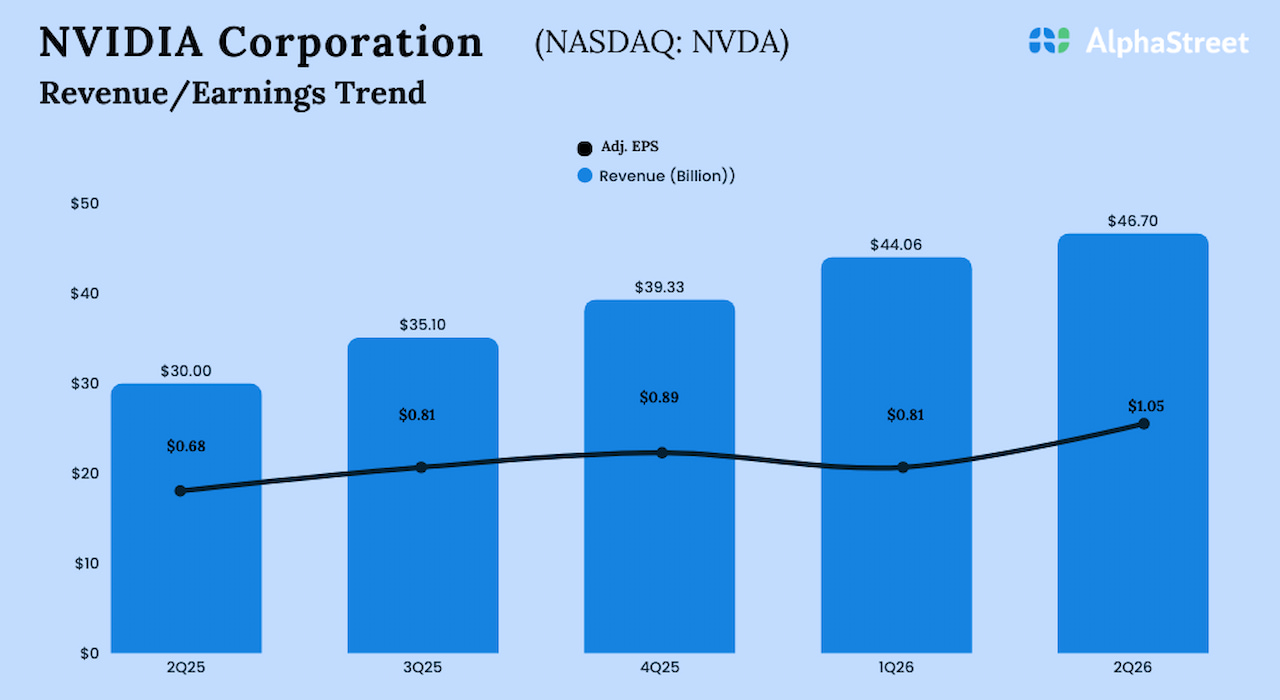In its latest bi-annual World Economic Outlook, the IMF projected India’s retail inflation to ease to 4.9 per cent in FY24 from 6.7 per cent in FY23, and the current account deficit to come down to 2.2 per cent of GDP from an estimated 2.6 per cent a year ago. In purchasing power parity terms, India’s growth in per capita output is set to decelerate to 4.9 per cent in FY24 from 5.8 per cent in FY23.
“We realised that 2020 and 2021 have actually been a lot better than we thought. So actually there is less room for catching up, and that pent-up demand from consumption, which was informing our previous forecast, is therefore going to be less because they have already had more catching up before,” Leigh said.
In February, the National Statistical Office revised upward its growth estimates for FY21 and FY22 to -5.8 per cent and 9.1 per cent respectively from -6.6 per cent and 8.8 per cent estimated earlier, signifying that the Covid-19 pandemic had lesser debilitating impact on India’s economic growth trajectory.
IMF Chief Economist Pierre-Olivier Gourinchas said while the global economy’s gradual recovery from both the pandemic and Russia’s invasion of Ukraine remained on track, the situation was fragile, highlighted by the recent banking instability. “China’s reopened economy is rebounding strongly. Supply chain disruptions are unwinding, while dislocations to energy and food markets caused by the war are receding,” he said.
The IMF warned that a sharp tightening of global financial conditions — a “‘risk-off” shock — could have a dramatic impact on credit conditions and public finances especially in emerging market and developing economies, with large capital outflows, a sudden increase in risk premia, a dollar appreciation in a rush toward safety, and major declines in global activity amid lower confidence, household spending, and investment. “In such a severe downside scenario, global GDP per capita could come close to falling — an outcome whose probability we estimate at about 15 per cent,” it added.
The report said emerging market economies should let their currencies adjust as much as possible. “Foreign exchange interventions may be appropriate on a temporary basis if currency movements and capital flows substantially raise financial stability risks––as in the context of shallow foreign exchange markets or high foreign currency debt––or jeopardize the central bank’s ability to maintain price stability,” it added.







































